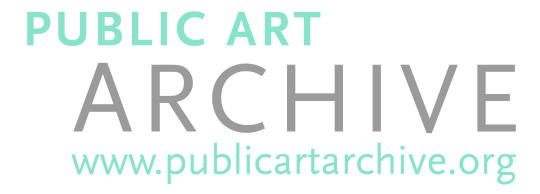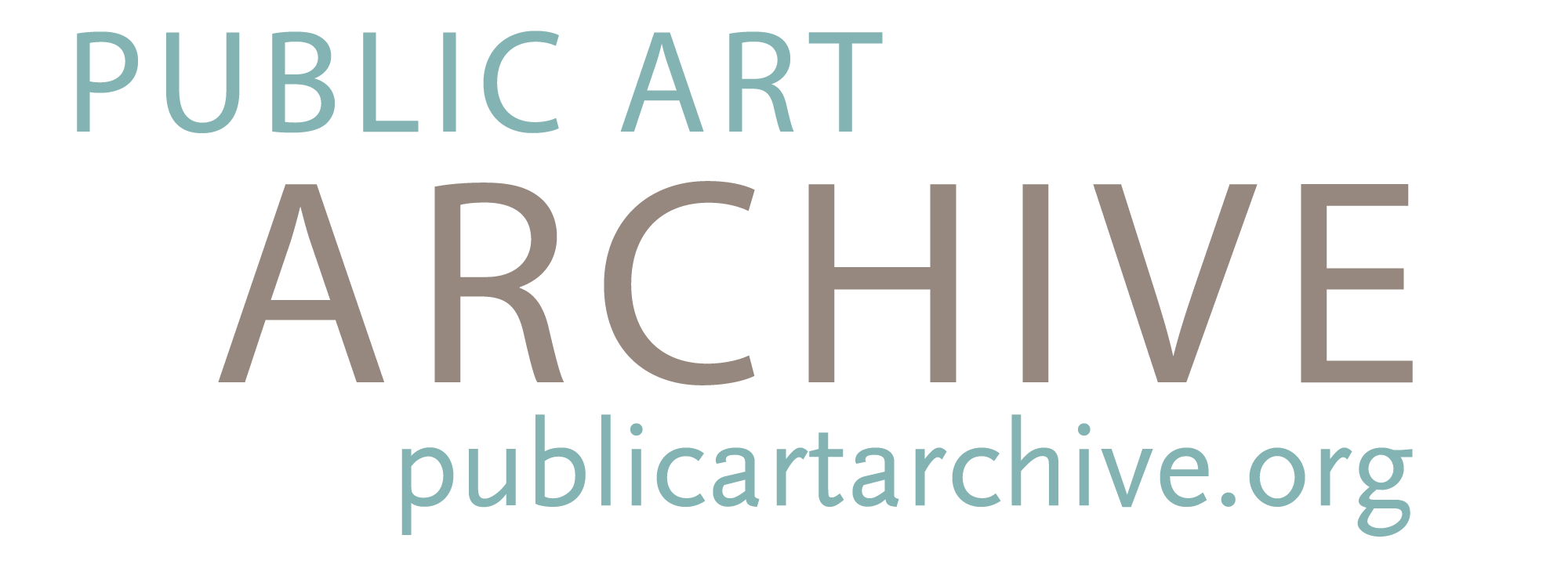Written by: Elysian Koglmeier for the Public Art Archive

Hundreds of public artists and administrators gathered at Americans for the Arts’ Public Art Preconference in San Francisco this month. One session that drew a lot of attention was “The Challenge of Evaluation in Public Art” because…evaluating public art is indeed a challenge. The session provoked tough questions like: How do we measure our public art’s impact? What tools do we have available to us? What do we need to develop to advance our field? If you missed this year’s preconference, or the evaluation session, you’re in luck – below are 10 key takeaways from the discussion.
1. We must expand our network to expand the ecosystem of public art.
The theme for this year’s Americans for the Arts Public Art Preconference was “Expanding the Ecosystem.” In order to advance the professionalism of our public art field, we must broaden the skill set and backgrounds of our partners. The panelists represented the future of public art evaluation – covering diverse backgrounds, approaches and thought. The audience gained varied insights from Dr. Stewart Donaldson, Dean, Professor, and Director of the Claremont Evaluation Center at Claremont Graduate University and President of the American Evaluation Association in 2015, Dr. Susannah Laramee Kidd, Research Analyst & Mellon-ACLS Public Fellow at the Los Angeles County Arts Commission, and Kendal Henry, artist, curator and Director for the Percent for Art Program at NYC Department of Cultural Affairs.
2. Public reaction is not only loud, it’s also informative.
Typically public reaction is our most obvious, and only, metric of success. Did we hear positive feedback? Did the work get vandalized? Public reaction is usually the element of feedback that speaks the loudest, literally. If we listen carefully, we can learn about our communities. We should use dialogue to incite policy change, address divides in the community, and engage and mobilize publics. Use reactions as guides for navigating future projects.
3. There isn’t one public art evaluation manual.
There isn’t a standard set of rules for evaluating the impact of public art. That’s because there is no standard for public art nor “the public” in public art. Each are unique. While programs have overall missions and goals, each project should have its own set of desired outcomes from the onset. A soccer game isn’t scored like a tennis match even though both are sports. Each public artwork should have its own goals and metrics.
4. Be open to the unknown.
We cannot control public opinion. We can try to anticipate it, but rarely do we have control of the final public art project outcome and the public’s reaction to it. However, the unexpected is what gives public art a life beyond what we could have imagined. It tells us more about our communities than we knew before; enjoy the exploratory process.
5. Don’t dismiss failures.
Henry Ford said that “Failure is simply the opportunity to begin again, and this time more intelligently.” We must embrace that as part of the creative process and listen to the failures as much as the successes.
6. Think outside of the box when evaluating.
Many organizations have limited resources and bandwidth. Be creative in the way you collect data. For instance, have staff engage those that pass by at the project site. Collect social media reactions as indicators. Return to the site after an extended period of time to see if reaction has changed.
7. Use Developmental Evaluation strategies.
If possible, use Developmental Evaluation strategies to evaluate your public art. Developmental Evaluation (DE) is an observation and data collection approach for complex or uncertain environments. DE strategies are likened to the role of product research and development in the private sector; it promotes real-time feedback which enables a continuous development loop. You can learn more about Developmental Evaluation at: http://www.betterevaluation.org/en/plan/approach/developmental_evaluation
8. Culture affects evaluation.
Opinions, assumptions, likes and fears all affect how the public engages with and reacts to public art. Consider Luis Jiménez’s Mustang at Denver International Airport. The 9,000-pound electric blue stallion with blazing red eyes was commissioned in 1992 but not installed until 2008. Years after 9/11, the public was still uncomfortable about having an “aggressive” sculpture at the entrance of the airport. If installed earlier or in a different location it may have elicited a different response.
9. Community ownership is a telltale sign of success.
In some cases, success is measured by community ownership. This may materialize in the form of community pride through association with the artwork, increased community engagement with artwork upkeep, and even using the artwork as a landmark for wayfinding through the community. What other ways can we increase the relationship of community to public art? Is it publicized in local media/tourism boards? Was the community engaged from the onset? Does the artwork fill a community need? Does it become an icon for the community?
10. Americans for the Arts’ Public Art Network offers a valuable tool for the public art field!
Americans for the Arts’ Public Art Network launched their online public art toolkit – the Public Art Resource Center. It’s an online portal to find information and tools tailored for Artists, Administrators, Community Stakeholders and Field Partners. You can continue learning about evaluation methods, and more, here: http://www.americansforthearts.org/parc
